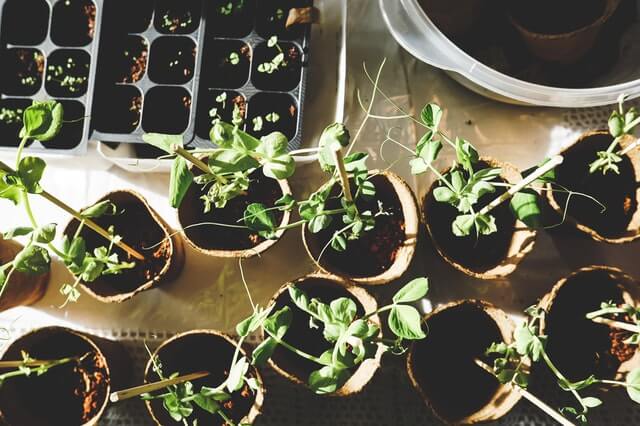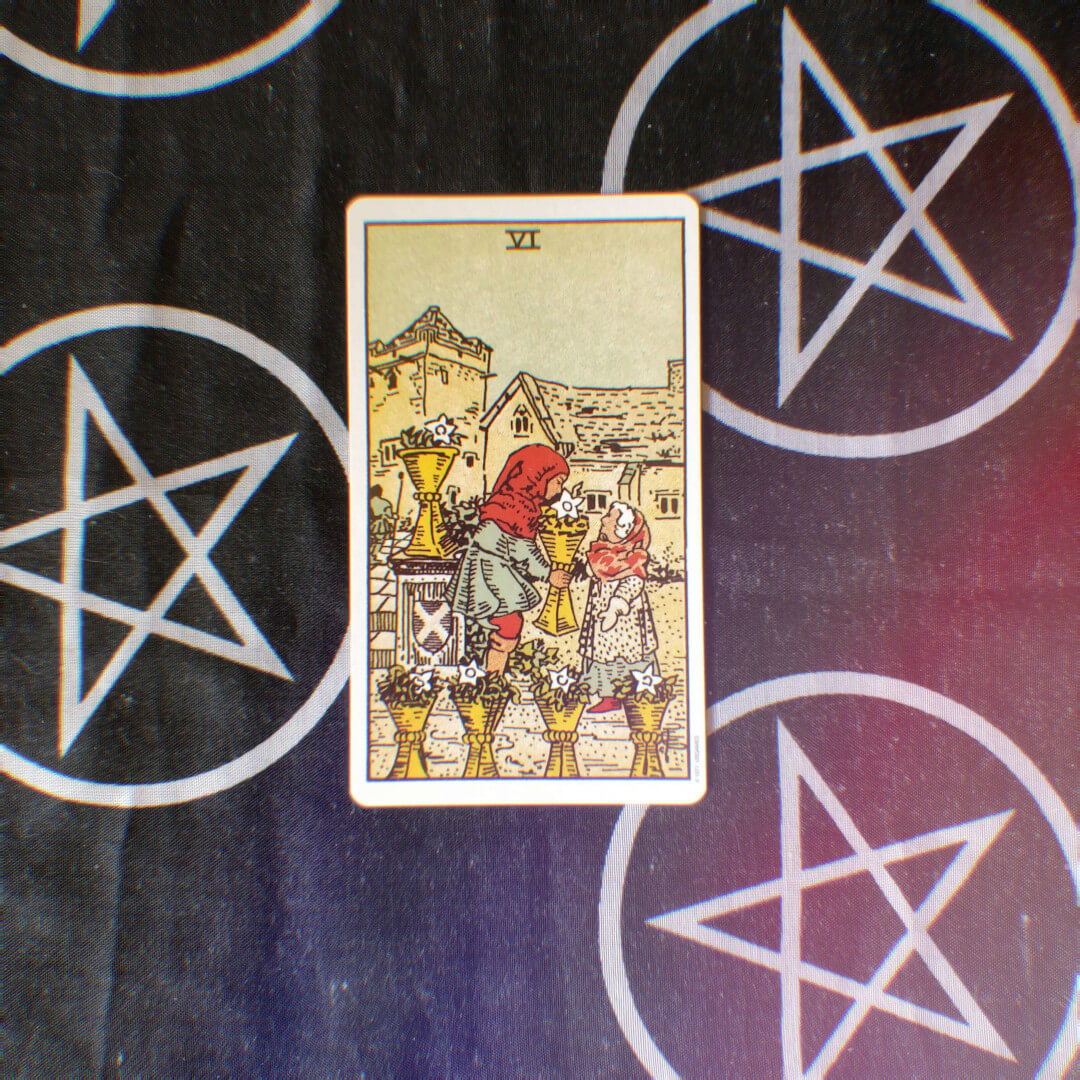Planting by the Moon

The following is a very short introduction to ‘planting by the moon’.
It is thought that using the cycles of the moon when planning and planting a garden can help various aspects of the plants reach their full potential. You can read more via the source links below.

Synodic (waxing and waning) cycle
This method divides the lunar cycle into four parts (phases or quarters) and takes approximately 29.6 days to complete. After the phase or cycle grouping, it groups crops into four main categories: root crops, foliage, crops with seeds on the outside and crops with seeds on the inside. Then, the specific category of crops will be assigned to the phases of the moon depending on which phase relates to their growth characteristics.
The cycle beings with the new moon. It then continues to wax until the full moon. After this time it is in the waning phase until the new moon is once again around and the cycle begins again.
The four phases can be assigned to the categories as such:
New Moon (waxing crescent phase): sow leafy greens or foliage vegetables and herbs.
First Quarter (waxing gibbous phase): sow vegetables that have internal seeds like capsicum, chillies, pumpkin, courgettes and legumes, fruits and grains.
Full Moon (waning phase): Sow root vegetables, bulbs and tubers
Last Quarter (waning phase): this is considered a barren period for sowing and transplanting. It is a great time for getting various garden jobs done.
Info from: the-gardeners-calendar.co.uk and jansmith.org
Biodynamic Cycle
This method uses the 12 zodiac signs as a method of the position of the moon for more accurate planting. This was developed by Rudolf Steiner in 1924. Using a set calendar to perform various tasks- planting, etc, helps map out when things go in and when they come out. Over the course of the moon cycle, it visits each of the zodiac signs throughout the month, and the features the signs hold can be related to the planting. For example, Pisces is water so could relate to leaf, Capricorn is earth, so relates to roots. Choosing the plants that grow together is a big part of this too, as it’s in coordination usually with organic farming or growing methods. These methods can be carried out on large and small scale operations, so don’t feel you can’t apply it if you only have a small section in your garden to grow!
Planning the growing around leaf, flower, fruit and root makes for a stronger mixture for the soil, as well as each plant individually. Another option is to rotate the crops around the garden if you have that option- this helps the soil stay fertile and producing what the plants need. There may not be many flowering plants which are edible, but remember that a garden is not just there to feed humans- bees and many other insects love flowering plants, so make sure they get a snack in too. Another aspect to consider in this kind of gardening method is composting. Having a compost heap is a great addition to any garden and it helps bring nutrients to where you need them most whilst gardening. The traditional method with biodynamic gardening is that the compost heap is gathered, assembled and finished in one go, preparations are added and then it’s left to do what it needs to. This may not be practical for all gardeners, because you may not have the amount of material ready that you will need to make your heap as big as you’d like. Some like to contain their compost heap within a container, others may be lucky enough to have a large enough open location in their garden they can place an open heap.

The biodynamic compost preparations that you will need to use in your compost heap are: yarrow, chamomile, and nettle, dandelion and oak bark- these are available from the BDAA (Biodynamic Agricultural Association) if you are not able to get hold of these. There are also field sprays and different ways of preparing the locations your compost heap will be contained in, also available from the BDAA. If you are choosing to build a heap over time, you can add small amounts of the ‘Mausdorf Starter’ to your heap over time which will help temper the heap, keep the smell down and keep the flies away. Also, once the season of growing is over, be sure to keep your own seeds for use the next season. If you’re unable to gather and keep the seeds anywhere, try and use biodynamic seeds that have been produced in an environment where the biodynamic measures are in use.
If it takes a while to get the garden working in conjunction with these methods, don’t worry. According to the website, biodynamic.org.uk, it can take some time for the plants (and also the gardener!) to get used to this rhythmic cycle of planting, growing and harvesting. Growing in line with energies of the cosmos may seem like a very odd concept to many people- many may even scoff at the idea- but as we are part of something much bigger, if it’s a method you wish to try, then go ahead and give it a go!
Sources and ideas for this method were from the-gardeners-calendar.co.uk and biodynamic.org.uk


